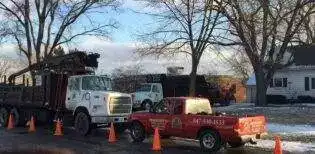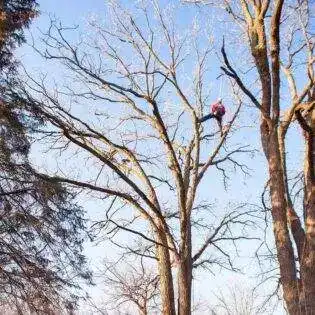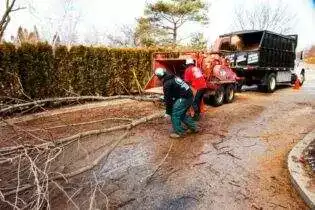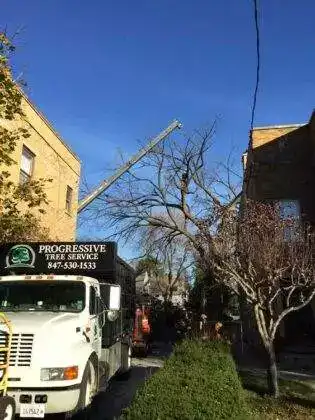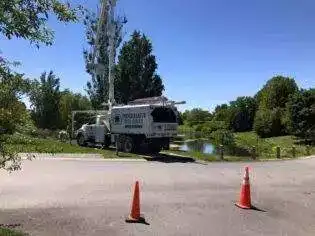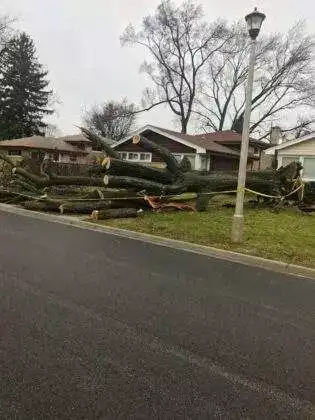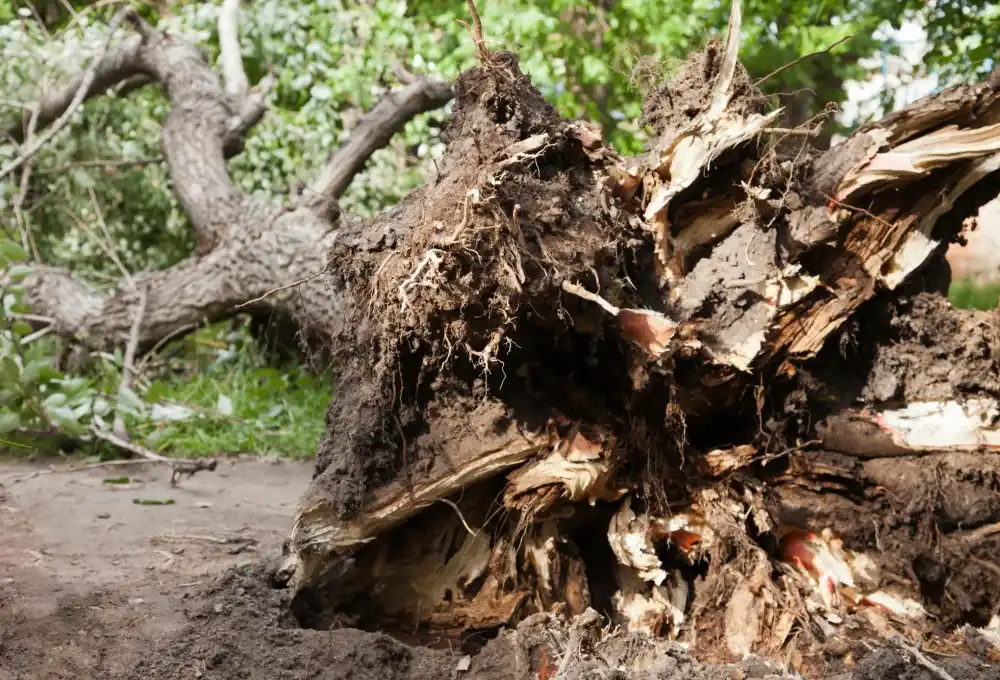Tree Fertilization Services
Just as all living things, trees require nutrients to live and thrive. When one or more of these nutrients are deficient within the soil, the tree begins to struggle to reach its full landscape potential. When a tree is not receiving the appropriate nutrients it will become more susceptible to disease and insect issues, and will have a shorter life than a similar, well-fertilized tree.
All plants need sufficient supply of nutrients, all of which can be broken down into two groups: macronutrients and micronutrients, based upon the quantity necessary for growth. Macronutrients are required by plants in larger quantities than micronutrients. The macronutrients required by plants for growth include nitrogen, phosphorus, potassium, calcium, magnesium, and sulfur. Addition of macronutrients, especially nitrogen, can result in better growth while insufficiencies can lead to slower growth and visible symptoms. Micronutrients, which are required in very small amounts, include iron, manganese, zinc, copper, boron, chlorine, and molybdenum.
Here in the Midwest, trees are often living in high-stress conditions due to low moisture availability, nearby construction, physical damage, soil compaction, and competition from turf and nearby trees and shrubs. The best indicator of whether fertilization is necessary is a soil test. If a soil test is not available to you, the next best indicator is branch growth amongst the tree. If a branch or shoot appears to be a consistent size with each season, a fertilizer may be appropriate to ensure full growth and health potential. It other cases, leaf color can also be a good indicator of a lessoning supply of nutrients to the tree.
Fertilization is typically completed within the spring months. When a tree is coming into its growing season, it typically experiences one single flush within the growth season. Because of this, it is recommended that the proper nutrients are made available to the tree within this growth period. If a tree shows yellowing, extremely slow growth, or some other sign which might indicate a nutrient deficiency, then fertilizer can be applied at any time during the growing season to promote better growth and health.
If a decline in tree health is noticed, increased nitrogen provides the most pronounced effects on the growth of all plant nutrients. Keep in mind, however, that just because an increase in nitrogen produces a more visible increase in growth, this does not mean that other elements are not needed to reach the full nutrient levels necessary to sustain the health and life of the tree. A soil test provides the best indicator of elements that may need to be added to the soil to prevent nutrient problems.
At Progressive Tree Service we offer a wide array of fertilizing options to effectively provide the care and nutrients that your trees are in need of. There are many ways that fertilizer can be applied to an affected tree, including granule fertilizer, fertilizer stakes, slow release pellets, hydraulic injection of liquid fertilizer, and Foliar applications. When it comes to the progress and health of your trees we want to ensure that they get the best possible care and options available.
